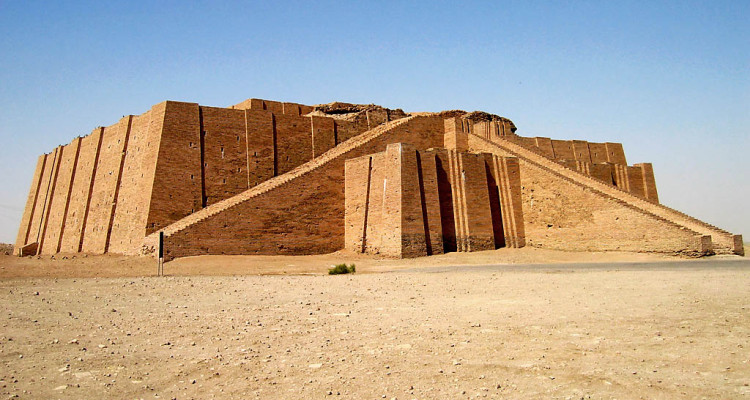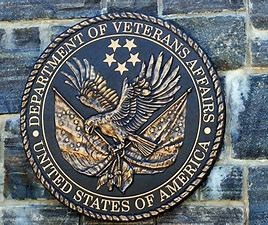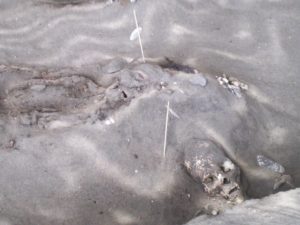The presence of temples as places where people nourish their faith and religion has existed for centuries since the beginning of the earliest civilizations. Since their foundations, temples of any religion have represented places where people could find spiritual and religious comfort. Besides this main function, temples have also played important roles in the management of their cities, impacting their societies in significant ways.

Temples in Ancient Mesopotamia, better known as “community temples,” were basically operated by priests and priestesses that were often younger relatives of the rulers. Their main role was to intervene with the gods for the fortune of their communities through prayers and offerings to their deities. In exchange, the community provided priests with food, drink, and clothing.1 Each temple was dedicated to a major deity, who was the main god of the city. Often the priests serving the temple might have been the former governor of that particular city-state.2 Like many religious organizations today, temple communities also provided help to the people in the community when in need. Temples, for example, used to take care of orphans, supply grain in time of famine, and provide ransom for people who might be captured in battle.3
Mesopotamian temples were not places where people particularly went to worship. They were thought to be the home of the city deity, and for this reason they were equipped like households. They were built with kitchens, tables (in the form of altars), living rooms, and the most important of the rooms, an inner sanctuary where a statue of the major deity stood in one of the building’s walls. Often, these temples used to have staircases to the roof, where rituals and offerings to the deity were performed (e.g. animal sacrifice to feed their god).4

Rams, sheep and doves used to be sacrificed to feed the gods. | Courtesy of National Geographic Spain
In hindsight, the role of temple communities was not limited to the city’s religious life, but they were also large socio-economic organizations.5 Temple communities in Mesopotamia also had an influence in the economy and social living of the cities. Among many of their functions, the operation and maintenance of irrigation systems was one of their highest priorities. They also controlled and managed the industry while developing and manufacturing products that later would be exchanged in foreign trade. Along with this, temples were extensive places for storaging goods and merchandise.6 The records priests and temple staff generated were so extended that some modern economic historians developed the conclusion that the Mesopotamian economy “was dominated by the temple, giving rise to the characterization of ancient Mesopotamia as a ‘temple-state economy.’”7 This was clear to see, since temples were also in charge of the finance of the city. They were in charge of collecting taxes, administrating a system of price control, regulating interest charges, financing foreign trade and legislating all private financial transactions. They also redistributed income by granting money to those in need, and often they also made loans to private individuals.8 Temples also played a role in legal matters and in maintaining social control. Marriages were performed; priests granted divorce, registered births, and administered the law.9
For the importance of their role as a major socio-economic organization as well as their role of mediators between the gods and the city, it can be concluded that Mesopotamian temples possessed a large power among the events happening in the daily life of the individuals living in a particular city. Maybe without the temples, it might have been more difficult for the rulers of the city-states to carry out the functions that these religious organizations used to perform.
- Jerry Bentley, Herbert Ziegler, and Heather Streets Salter, Traditions & Encounters: A Brief Global History Volume 1, 4 edition (McGraw-Hill Education, 2015), 15. ↵
- Richard L. A. Sterba, “The Organization and Management of the Temple Corporations in Ancient Mesopotamia,” The Academy of Management Review 1, no. 3 (1976): 16. ↵
- Bentley, Ziegler, and Streets Salter, Traditions & Encounters: A Brief Global History Volume 1, 15. ↵
- Ronald Wallenfels, World Eras – Vol. 8, Ancient Mesopotamia (Detroit: Gale, 2004), 162. ↵
- Sterba, “The Organization and Management of the Temple Corporations in Ancient Mesopotamia,” The Academy of Management Review, 17. ↵
- Sterba, “The Organization and Management of the Temple Corporations in Ancient Mesopotamia,” The Academy of Management Review, 18. ↵
- Wallenfels, World Eras – Vol. 8, Ancient Mesopotamia, 161. ↵
- Sterba, “The Organization and Management of the Temple Corporations in Ancient Mesopotamia,” The Academy of Management Review, 19. ↵
- Sterba, “The Organization and Management of the Temple Corporations in Ancient Mesopotamia,” The Academy of Management Review, 19. ↵



61 comments
Mariah Garcia
When I think of the temples, I think of worship and religion. But, that isn’t the case for the temples, the role of the temples were for not only religion but for government, as well. But, it also influenced irrigation which was a big part during that time even today. It was like a small community for them which I thought was very interesting. It is always good to learn more about the ancient temples and the reasons why they were built during that time.
Diego Aguilera
I really like this article and what it has to say. I like many others thought that these temples in Ancient Mesopotamia would have been used for worshiping but to my surprise they are used for many other reasons. Its very obvious where most of todays church’s got their ideology from. Great article!
Lamont Traylor
The fact that people in multiple cultures and parts of the world were able to build similar structures such as temples or tombs. The one depicted in this article that is from Mesopotamia also looks similar to the ones the Aztecs and other cultures built for their own purposes. I never knew if they built any of these to live in.
Greyson Addicott
I had no idea that the Aztecs practiced old-age communism. They dressed it up with the idea of “Deities” demanding tribute, but the idea of the community coming together to feed and clothe priests is something Lenin would certainly approve of. The temples seemed to be centers of community, a place for trade, worship, and banter, which stands in star contrast to the religious churches of Europe and the Middle East. Learning more about the Aztecs modus operandi really gives one a new appreciation of the separation of church and state that we generally take for granted in our Union.
Roman Olivera
Its just crazy to find out how much influence these temples had in the economic systems of these societies. Another thing that I think about in regards to these temples is that the people who were set up to be in charge of the daily operations of the temples were usually the relatives of the ruler of the land. This allowed them to have total control over the people, just by the saying it is the will of the gods. To think that these temples were not really places of worship for the common person in the society, but set up as dwelling for the deity the were build for is another crazy think to think about. This just shows how much influence the leaders had in those times. The biggest things built in the society were for gods that the people were told were in control of the day to day outcomes in their lives. Hmmm, this is not unlike some religions today.
Nathalie Herrera
I never knew temples held such a prominent role with a civilization/society. I mainly recognized temples only for their sacrifices or to honor the Gods they believed in. Although, it is interesting to read the many factors in which they contributed to the overall society such as their economic and social influence. Yet, the importance of these temples are great and have impacted our way of thought and structure as time went on. Great read!
Noah Bolhuis
It was interesting to read the function of ancient temples and how they differ and relate to modern places of worship. They both, in regards to christian churches, offer safety, food and support to those in need. The thing that is largely different to those temples in the ancient world was that they were essentially seen as households. They could have functioned as houses for their respective god(s), or as a house for the people of that city-state.
Luisa Ortiz
One of my favorite things about ancient cultures is for sure the temples! Starting from how they are built, where they are built, the manpower that took to build them, how some are still in great conditions to how temples were used for many activities, not just religious or sacrifices practices. I guess as a civilization we haven’t changed that much, since like mention in this article in today’s date we also used “modern” temples to function as a community. Great job in the article!
Alexander Manibusan
I wonder why is it that so many other civilizations also seemed to have temples that were more than just religious sites. Why is it that temples not only served religious services, but also served in socioeconomic aspects? Why couldn’t they just built another building that was solely for things such as foreign trade, taxes, and interest rates? I suppose it would be a waste of time and resources, but I find it bizarre that the temple was so much more than just a religious facility.
Raymond Munoz
While reading this article I was trying to find connections between the ancient temples and present day churches, because I sort of see the two as one in the same. Now, having finished this article I know that ancient temples served more economical purposes than present day churches, but I do believe that I found some ideas that were passed a long as temples slowly became churches. For example, the article said that the temples were built to be like a house so that they had a kitchen and everything a house does, at almost every church I’ve been to has had a kitchen and I always wondered why but thanks this article I now know. With this article I not only get answers to some of my questions about churches but also an understanding of how they operate and how they came to that kind of function.